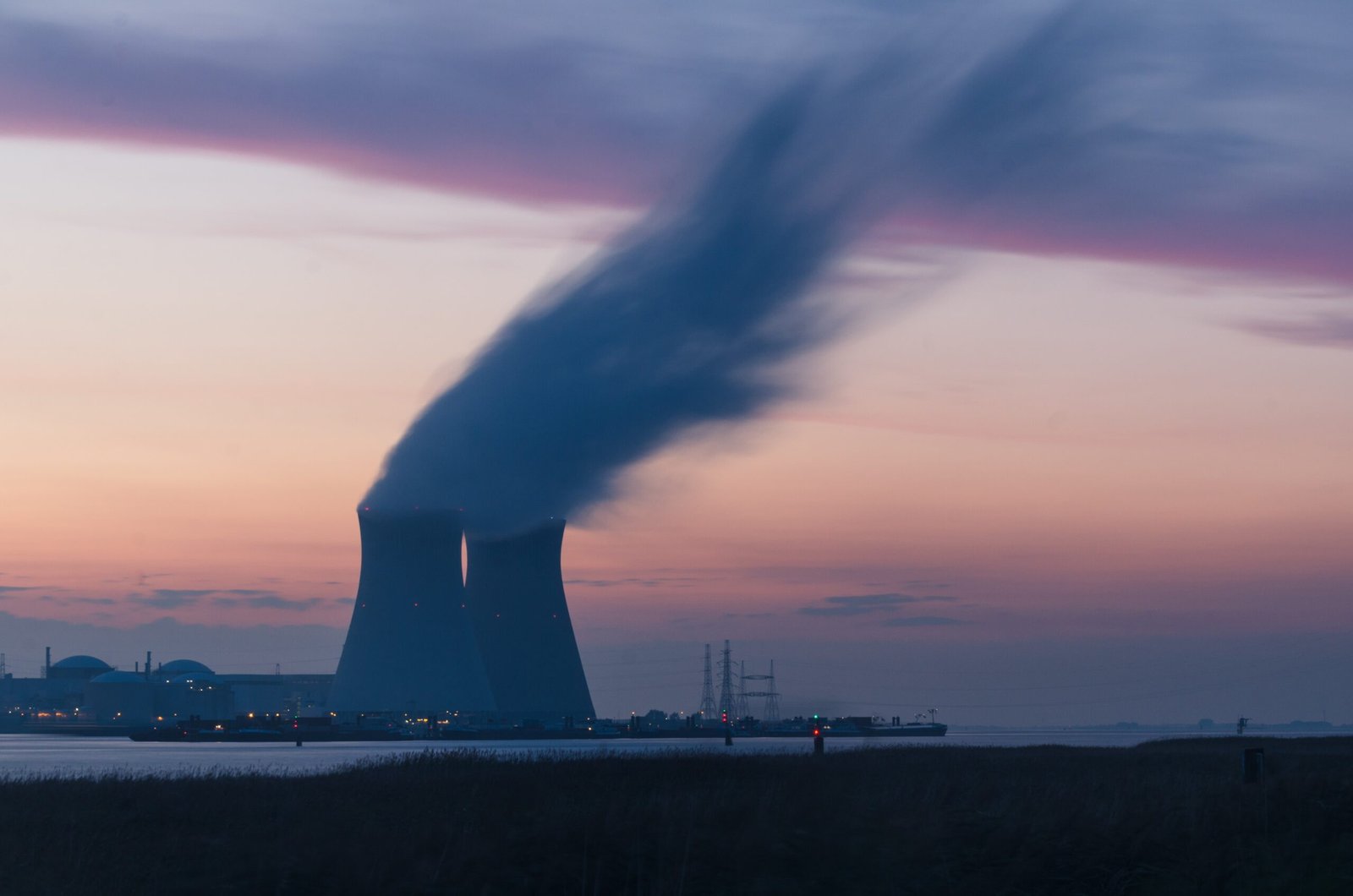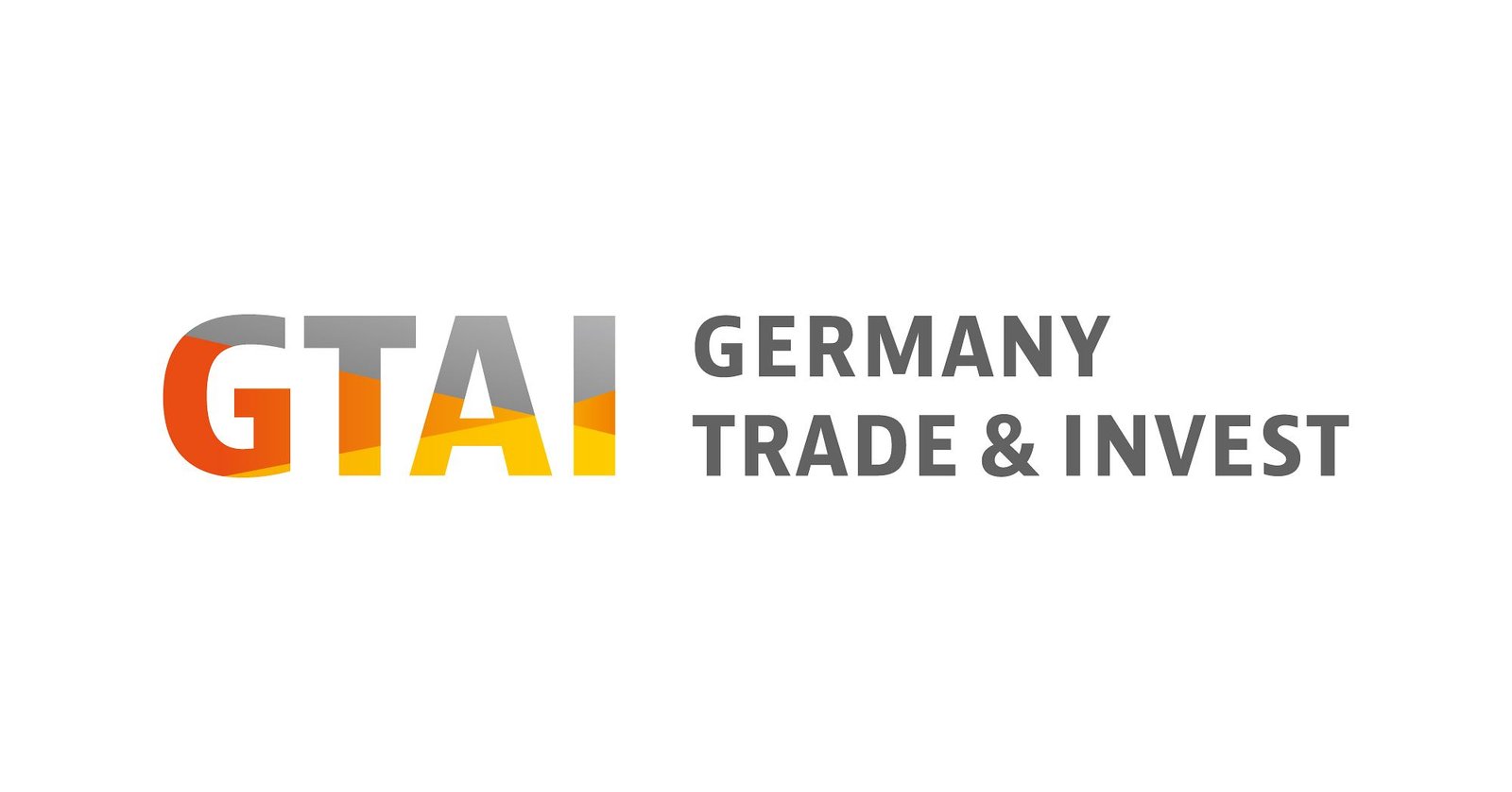The European Commission has approved a new State aid framework designed to support the Clean Industrial Deal (CISAF), which aims to accelerate the development of clean energy, decarbonisation of industries, and advancements in clean technology across EU Member States. This framework clarifies how Member States can allocate funds for specific investments and initiatives in alignment with EU State aid regulations.
The CISAF will be effective until December 31, 2030, offering Member States and businesses a long-term regulatory environment. It replaces the Temporary Crisis and Transition Framework (TCTF), which has been operational since 2022. The new framework simplifies State aid rules in five key areas:
1. **Renewable Energy and Low-Carbon Fuels:** The framework facilitates the deployment of renewable energy sources and low-carbon fuels, essential for achieving the EU’s decarbonisation targets. It introduces streamlined procedures for rapid implementation of renewable energy projects, including support for low-carbon fuels like blue and green hydrogen, which are vital for industries that are difficult to decarbonise.
2. **Electricity Price Relief:** The framework permits Member States to provide temporary electricity price support to energy-intensive users, particularly those in sectors exposed to international competition and reliant on high electricity consumption. This measure helps these companies manage higher costs compared to competitors in regions with less stringent climate policies, contingent upon their commitment to invest in decarbonisation efforts.
3. **Decarbonisation of Production Facilities:** The CISAF supports investments aimed at decarbonising existing production facilities. This assistance can be structured through predefined aid amounts, addressing funding gaps, or competitive bidding processes.
4. **Clean Technology Manufacturing:** Member States are encouraged to invest in new manufacturing capacities for technologies aligned with the Net-Zero Industry Act. This includes support for projects that manufacture or process critical raw materials required for clean technologies. To promote regional cohesion, additional aid can be allocated to projects in less advantaged areas as defined by regional aid maps.
5. **De-risking Private Investments:** The framework outlines ways to mitigate risks associated with private investments in projects that support the Clean Industrial Deal. This includes energy infrastructure and circular economy initiatives. Member States can use measures such as equity investments, loans, and guarantees to bolster private sector involvement.
The CISAF also introduces ‘fast-track’ approval processes for certain aid schemes, enabling a quicker response to funding needs for clean energy projects. It includes mechanisms to ensure that intermittent renewable energy sources, like wind and solar, can be effectively integrated into the energy supply while maintaining reliable electricity availability for consumers.
The European Commission has engaged with Member States and stakeholders throughout the development of this framework, incorporating feedback from a survey on the TCTF’s usage.
This new State aid framework aims not only to accelerate the transition to a decarbonised economy but also to create a more competitive environment for clean technology adoption within the EU. As the framework is implemented, it is expected to stimulate significant investments in clean energy and technology, aligning with broader EU climate goals.




